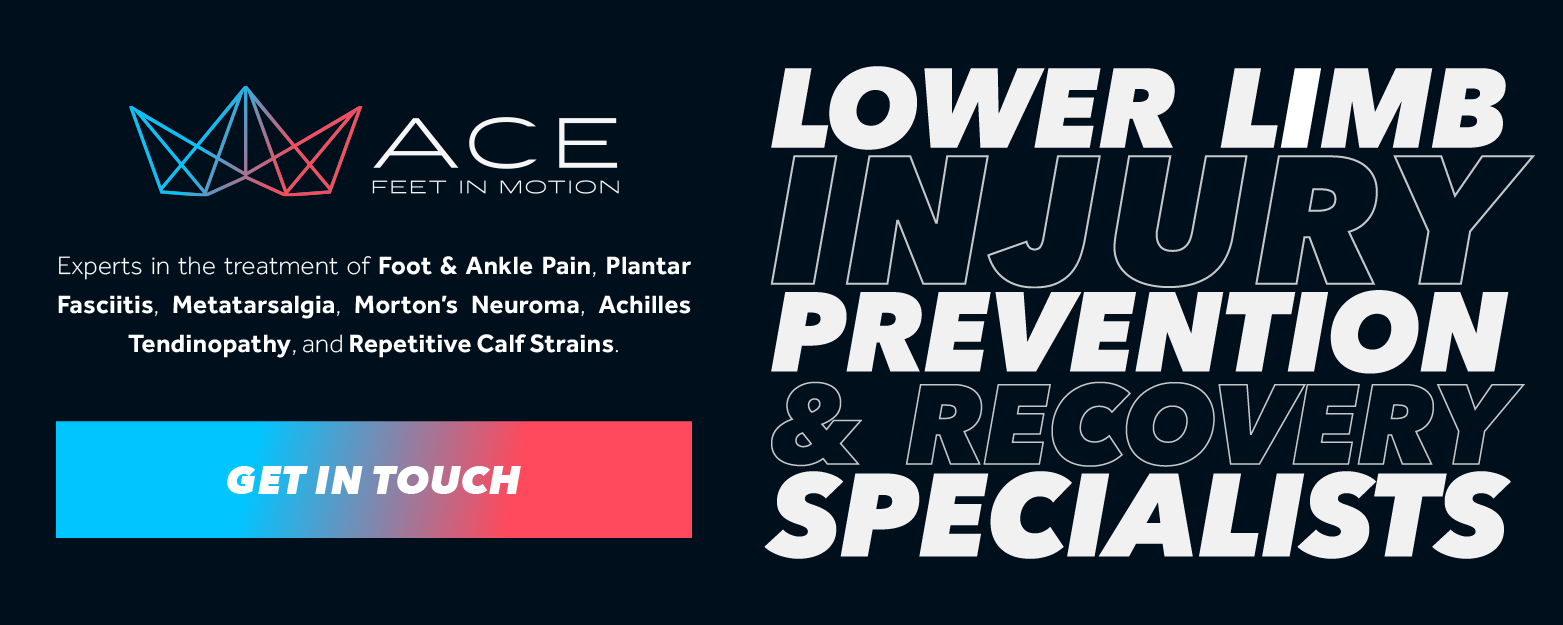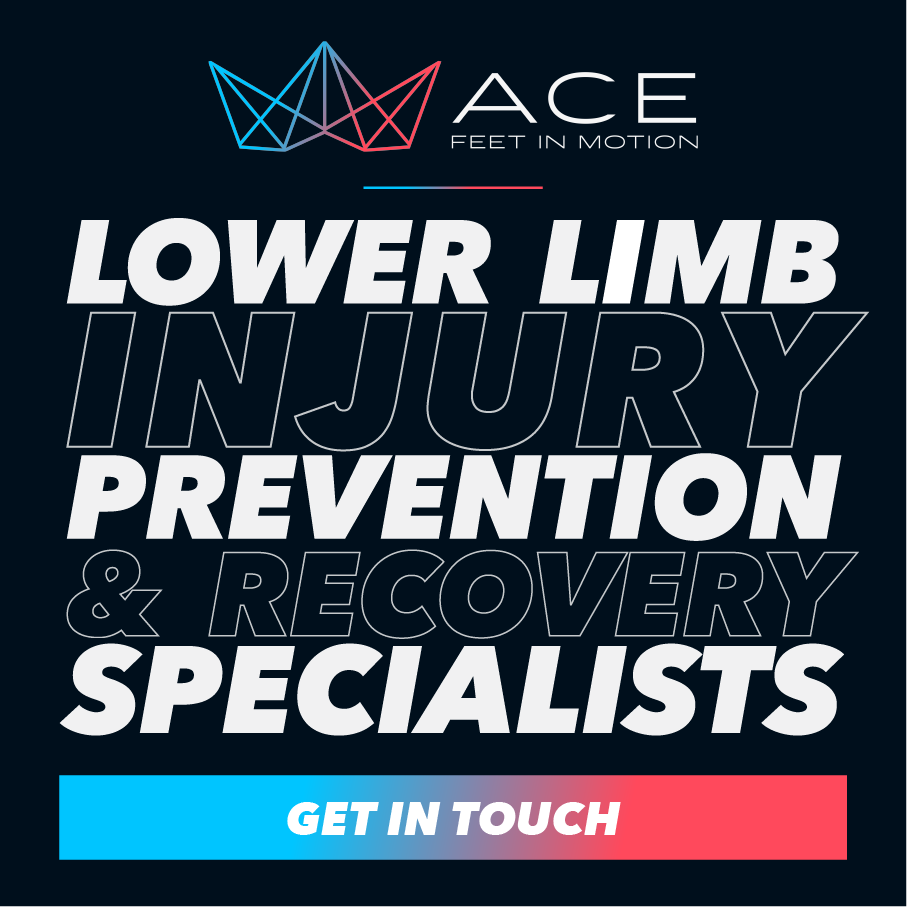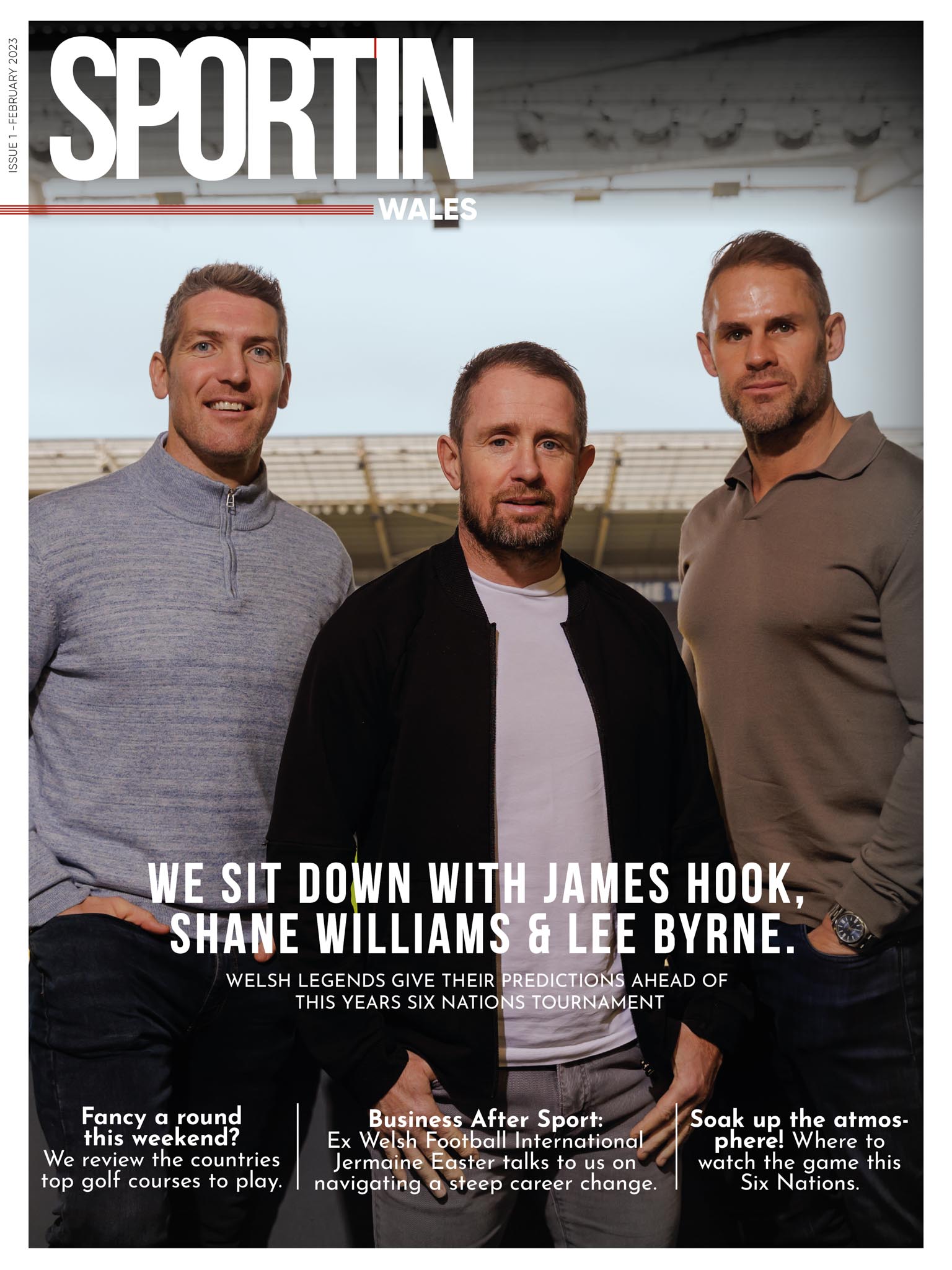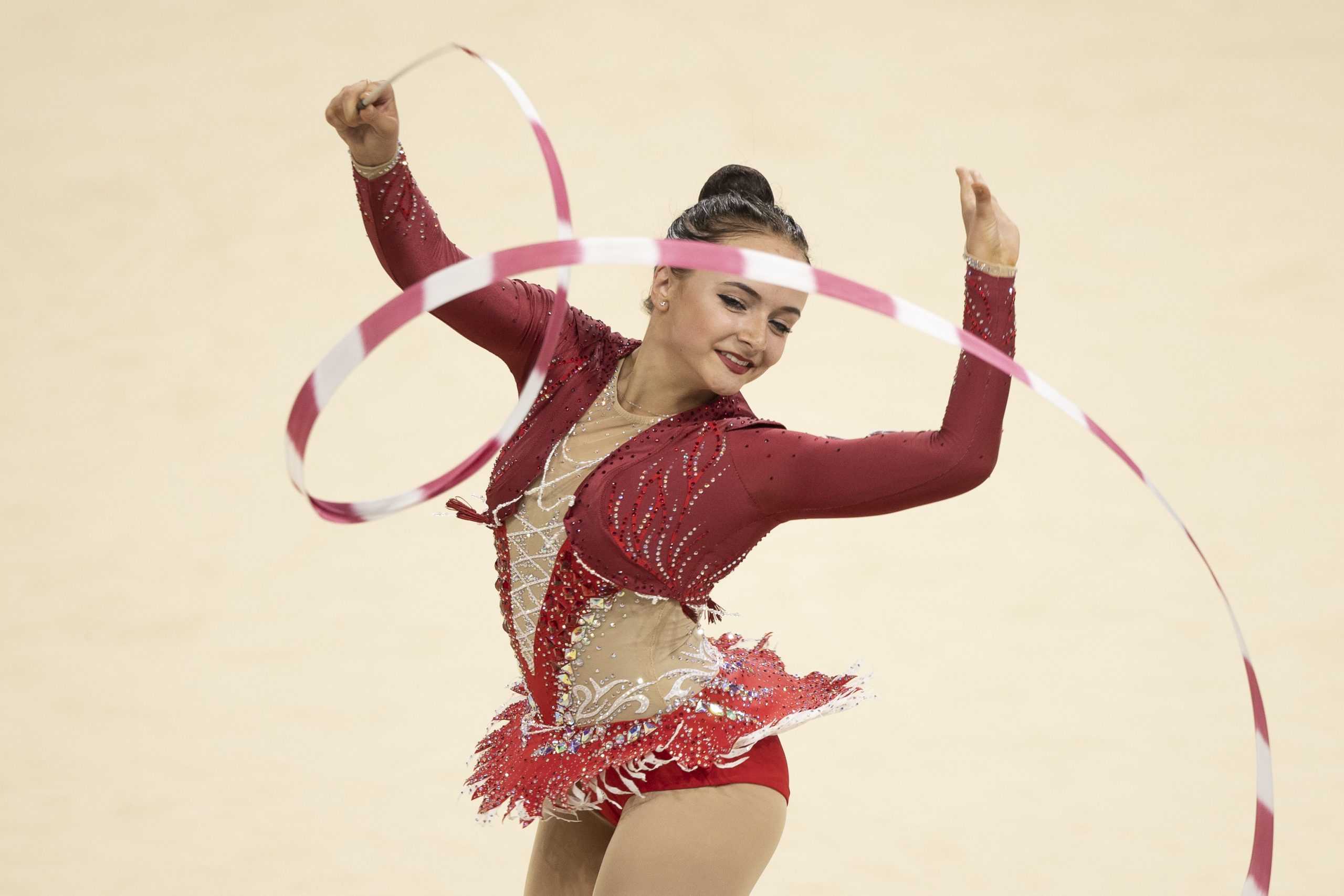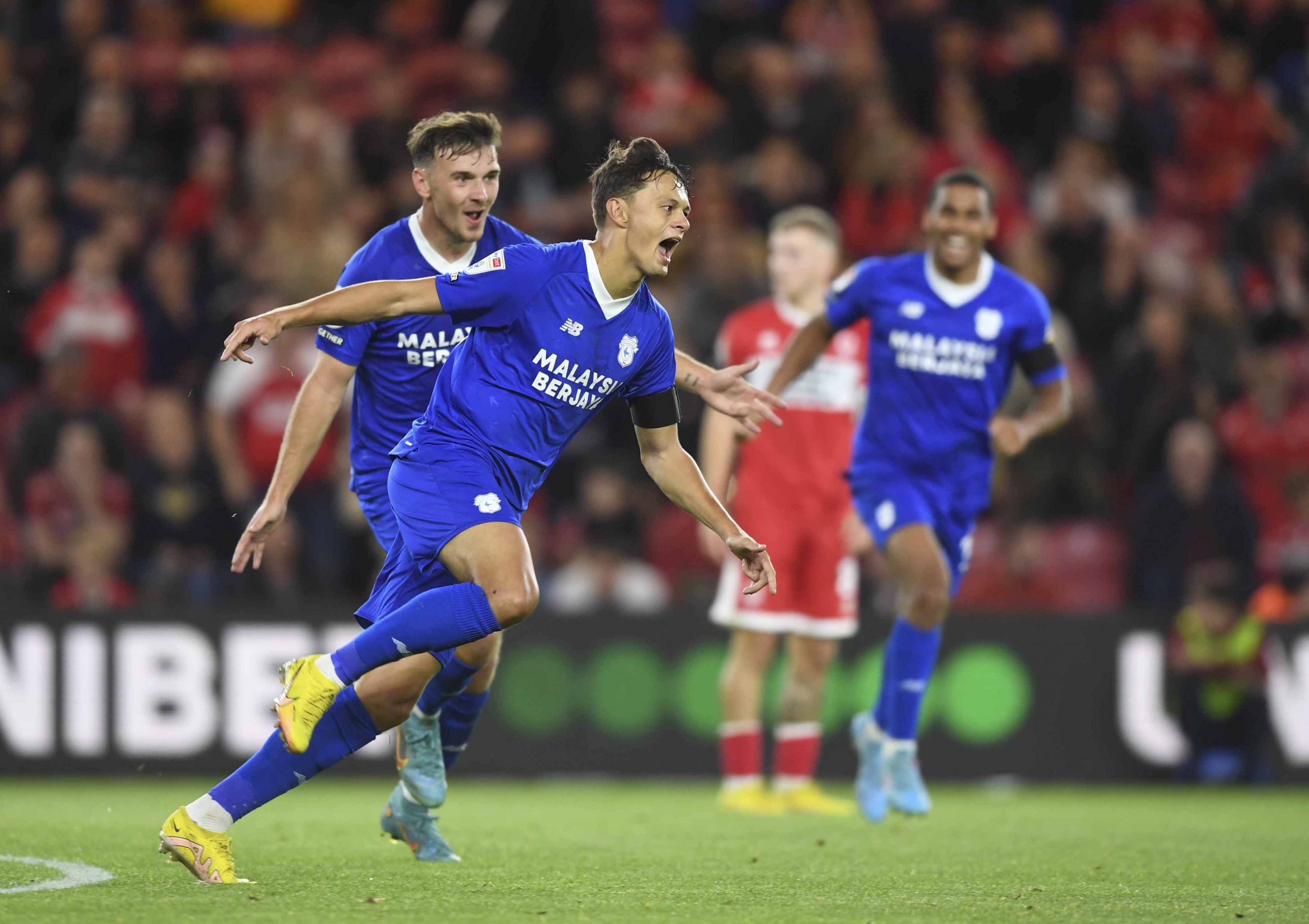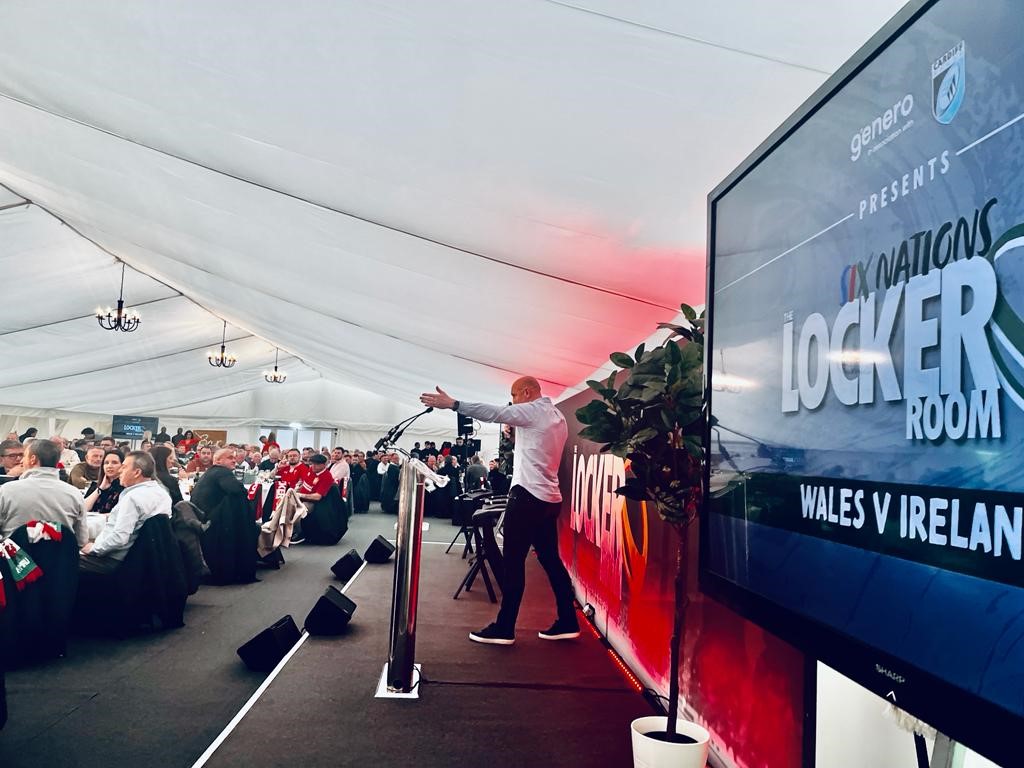Ask The Healthcare Professionals
Tom and Chris provide specialist insights and offer monthly advice to our readers.
ASK THE EXPERTS
 Tom Cooper is a musculoskeletal Podiatrist and Clinical Director of market leading sports podiatry firm, ACE Feet in Motion. Tom has been qualified for 18 years and has been the Official Podiatrist to the WRU, Welsh Athletics, Welsh Netball, Cardiff City FC and The Celtic Dragons. In addition to running the ACE lower limb injury clinic, Tom also liaises with global brands regarding footwear design and adaptation for sports performance.
Tom Cooper is a musculoskeletal Podiatrist and Clinical Director of market leading sports podiatry firm, ACE Feet in Motion. Tom has been qualified for 18 years and has been the Official Podiatrist to the WRU, Welsh Athletics, Welsh Netball, Cardiff City FC and The Celtic Dragons. In addition to running the ACE lower limb injury clinic, Tom also liaises with global brands regarding footwear design and adaptation for sports performance.

Chris Law is the consulting Orthotist and Clinical Director at The Orthotix Clinic specialising in the assessment, fitting and supply of orthopaedic supports, bracing and splints. Chris uniquely benefits from his dual qualification in both Sports & Science and Prosthetics & Orthotics and has spent over a decade running specialist orthotic clinics in the NHS.
THIS MONTHS QUESTIONS FROM OUR READERS:
I’ve been told I over-pronate in a running shop – should I be concerned?
Tom: Firstly, there is no such thing as over-pronation, we should all pronate and supinate, with both being essential for normal foot function and gait. For “over-pronation” to occur there must be a measurable normal amount and there isn’t. People will often refer to over-pronation when the foot is flatter and rolled in, however in my opinion it is poor terminology and often leads to customer concern. Pronation describes a movement, as does supination and is not a diagnosis for injury. If you are pain free and running well, continue with whatever shoe style has been working for you and don’t get scared into changing by terms such as over-pronation.
Why have my toenails gone black after I’ve run?
Tom: Black thickened toenails are seen frequently with runners and walkers and is usually caused by a bleed that occurs under the toenail (subungual haematoma). As the fluid builds up, the nail can become very painful and will often detach the nail from the nailbed. This bleed is usually caused by trauma to the nail. With running this is pretty common, especially on longer runs because our feet can increase in size and the nail makes contact with the inside of the shoe. Over a long walk or run, this will lead to discomfort and trauma which can lead to blackening of the nail.
Quick Tips – make sure your nails are cut and filed regularly. Always allow for between half a thumbnail to a full thumbnail length from your longest toe to the end of your running shoe.
My knee hurts just under my knee cap when bending it. What could this be?
Chris: This is a common question from runners, weightlifters and athletes that go through forceful flexion and extension of the knee. Patella tendinopathy (Jumpers Knee) can be a common knee problem. Pain is typically in the front of the knee, and just under the knee cap. It’s where the tendons from the thigh muscles come together over the kneecap and then insert onto the upper edge of the shin bone. The symptoms generally get worse with activity and when the knee is flexed / extended repeatably. A physiotherapist or massage therapist can advise on a strengthening program to help. Using strapping or a patella strap to anchor the tendons insertional point down can help alleviate discomfort by limiting stress and load taken through the soft connective tissues.
My lower back has flared up and has become stiff after I increased my activity levels. Why is this?
Chris: Our spine is a complex, flexible, and multi directional unit. The vertebrae are held together by multiple structures including other skeletal bones, muscles and soft connective tissues. These soft tissues connect to the hips and the rib cage and can easily be aggravated by numerous factors. Seeking advice from specialist healthcare professionals is always advised. If you are suffering pains secondary to a sudden change in your lifestyle, this is likely the primary source if you haven’t suffered an injury. It’s likely the pains will settle on their own as your fitness levels improve and the soft tissue structures become stronger. You can offer some support to the lumbar spine by wearing a Lumbar Support. These can be useful for lifting movements by adding core stability. They can give you extra confidence and help improve your movements. They can also help as a rehabilitative device by providing the aggravated muscles and soft tissues some relief when they have flared up after strenuous activity.
Ask your question for our next issue…
Tom Cooper
Email: ace@feetinmotion.co.uk
Web: www.feetinmotion.co.uk
T: 02920 370 674
Chris Law
Email: enquiries@orthotix.co.uk
Web: www.orthotix.co.uk
T: 02920 370 696




